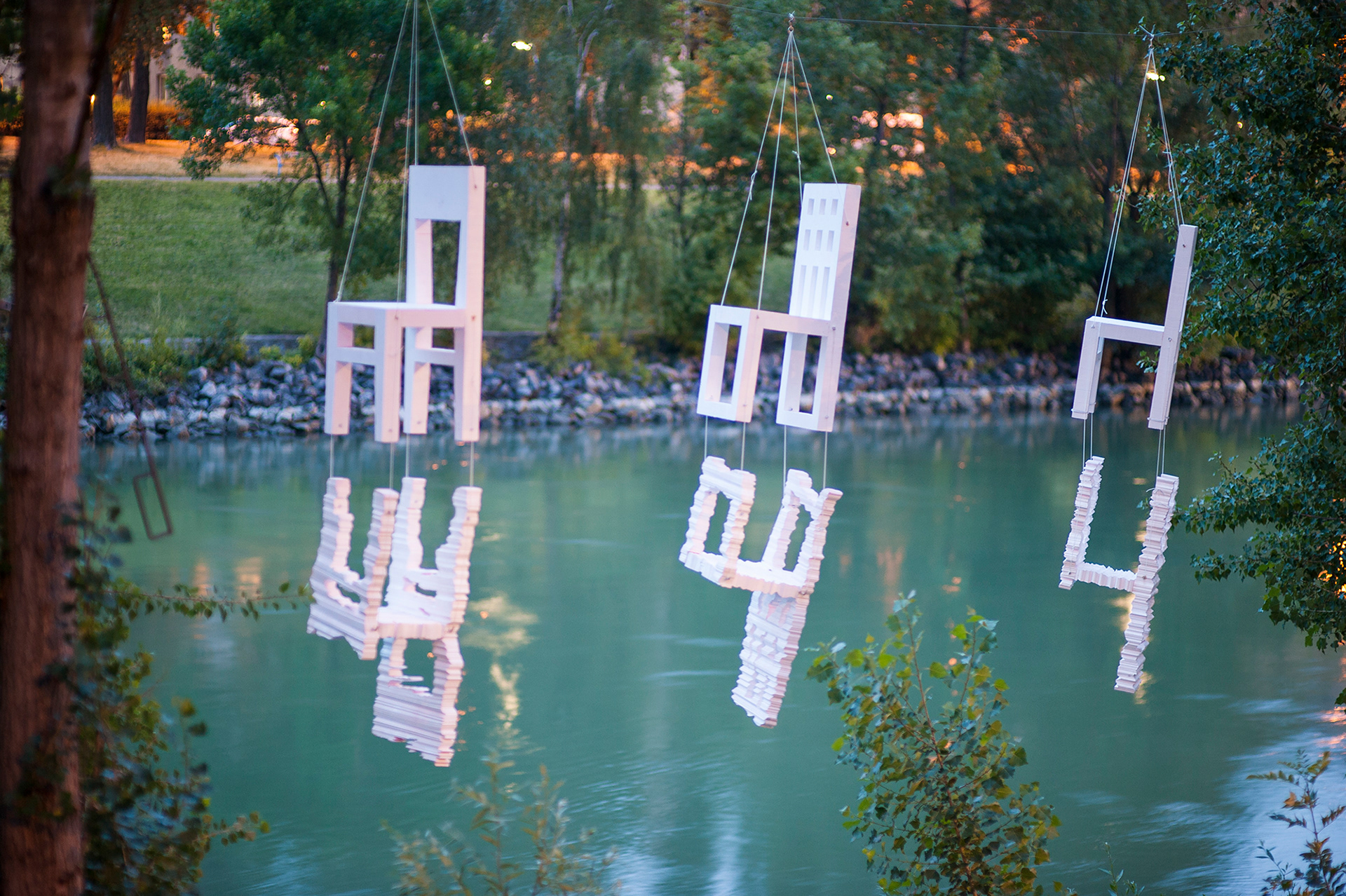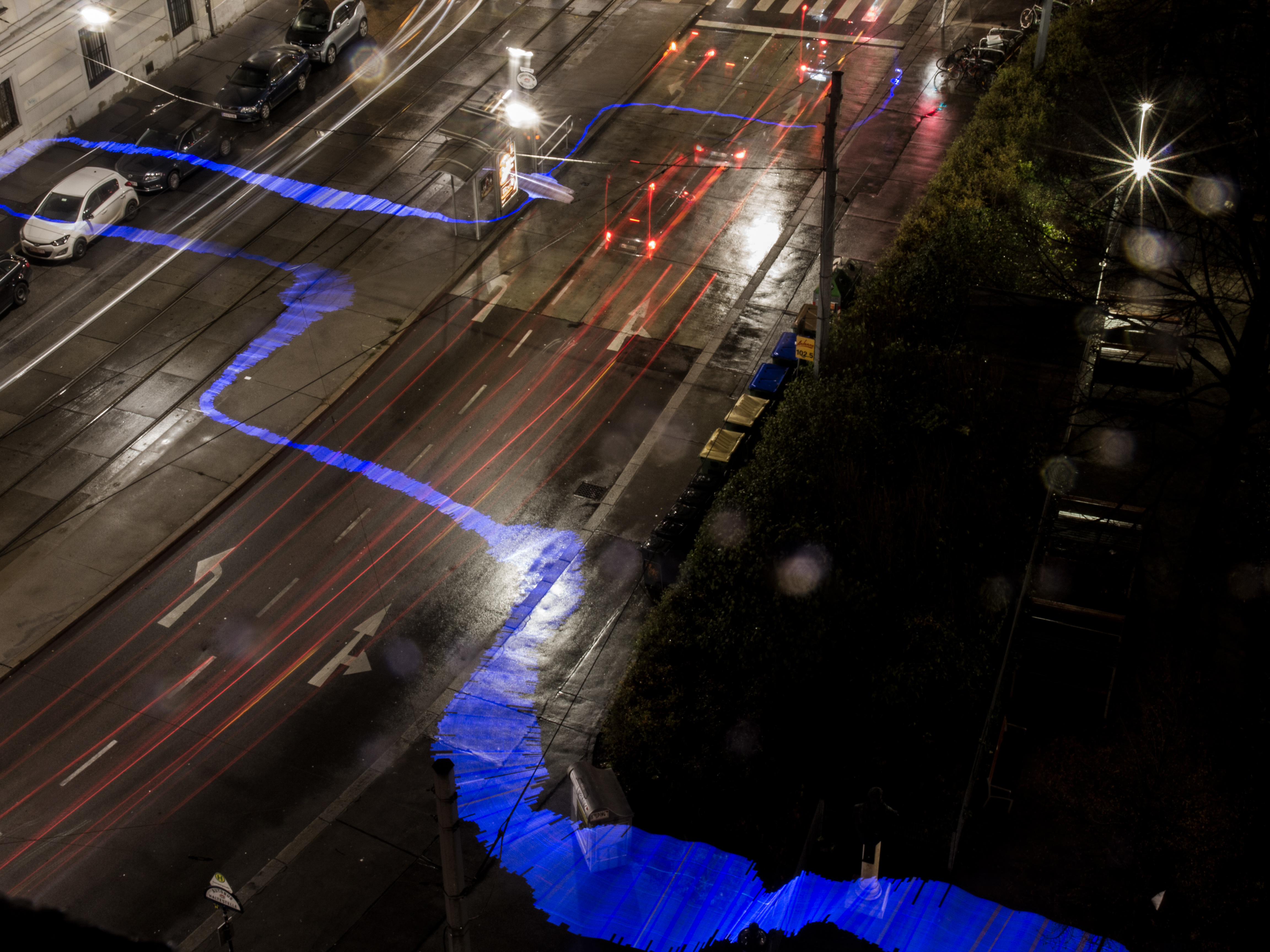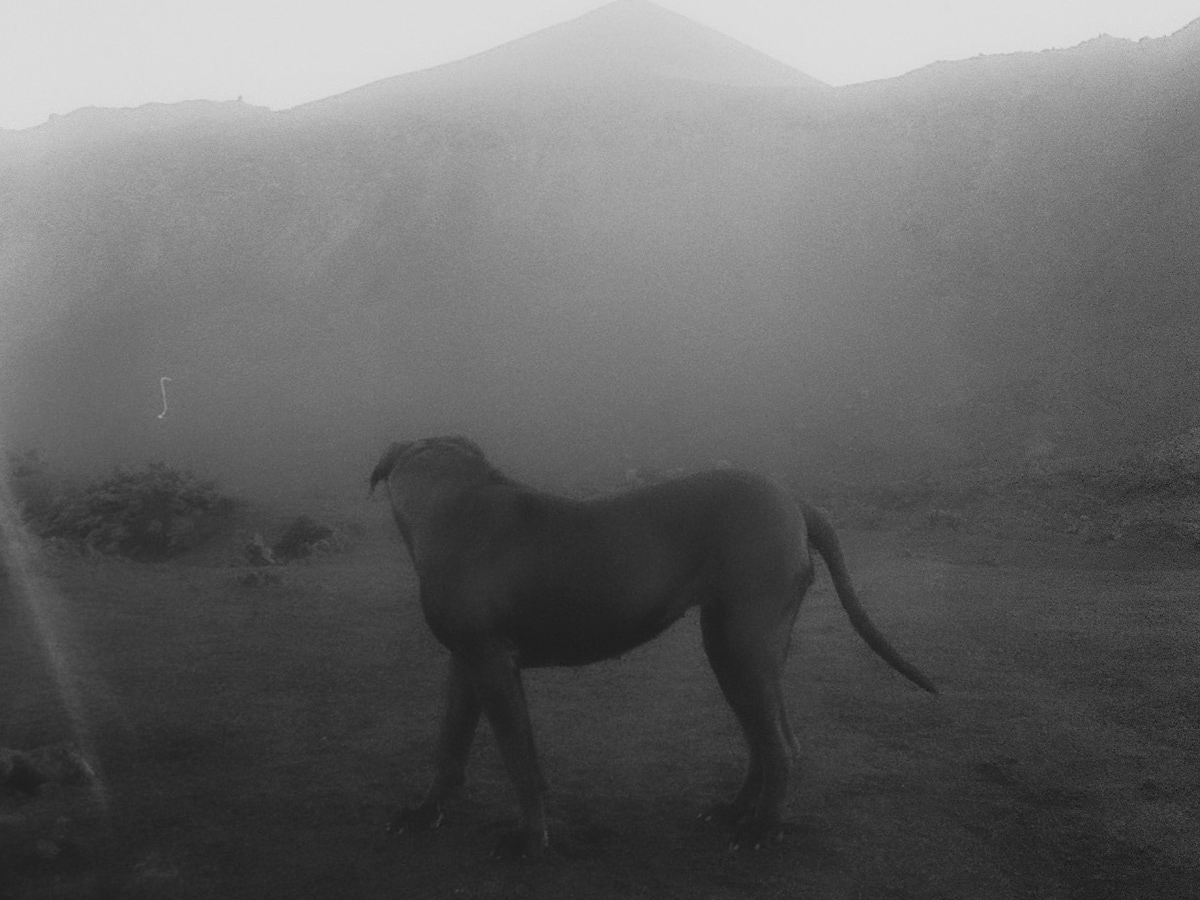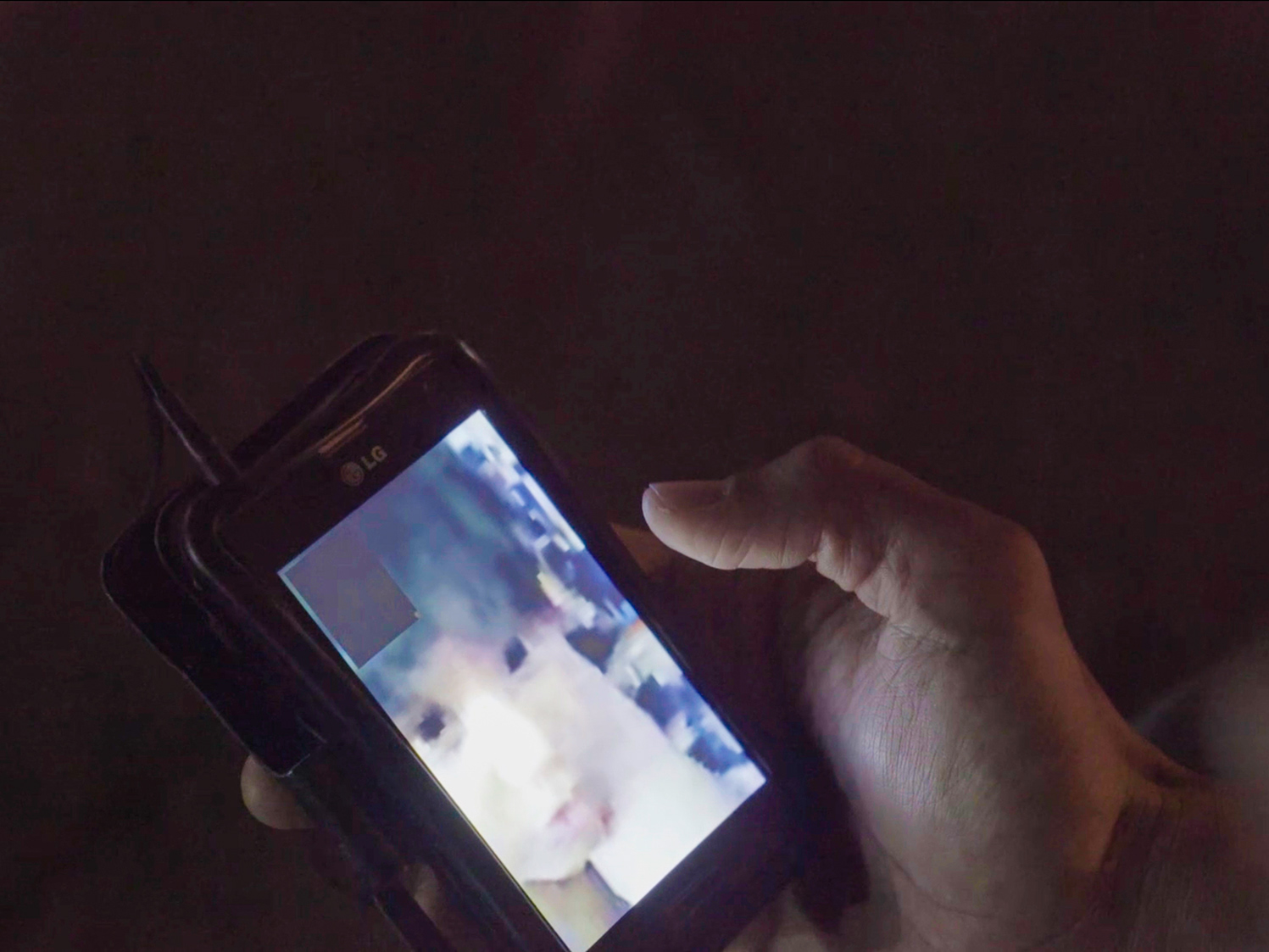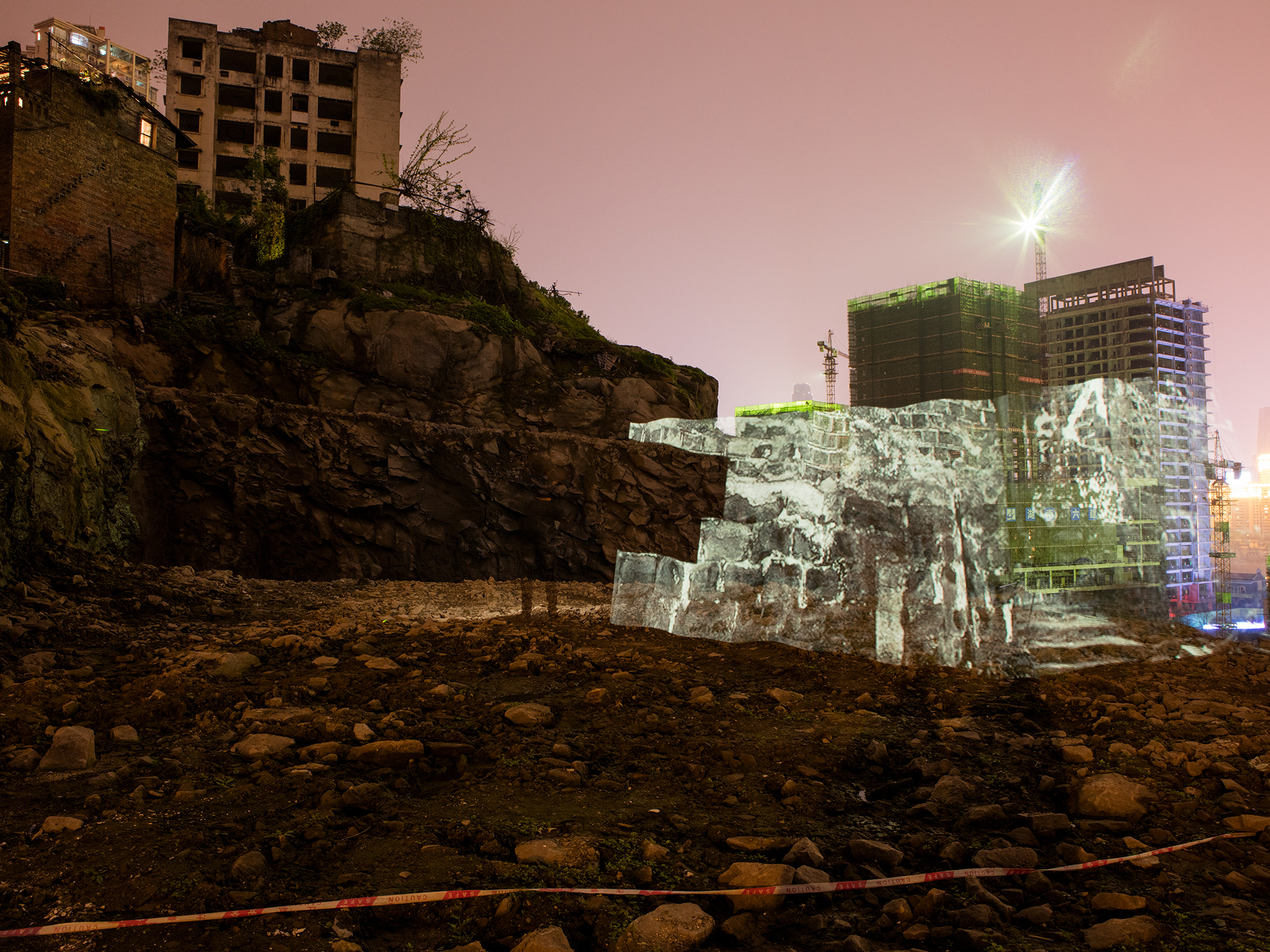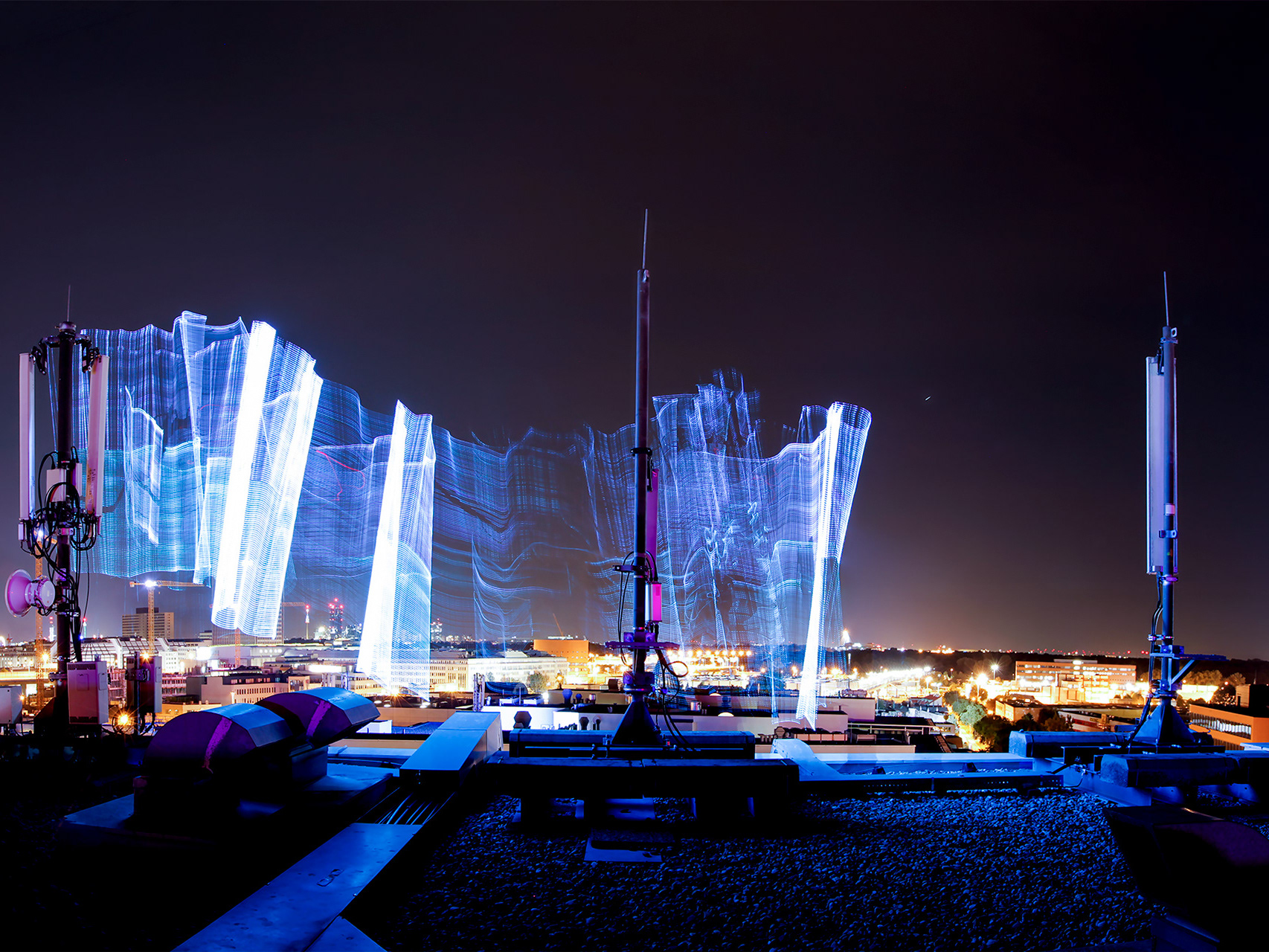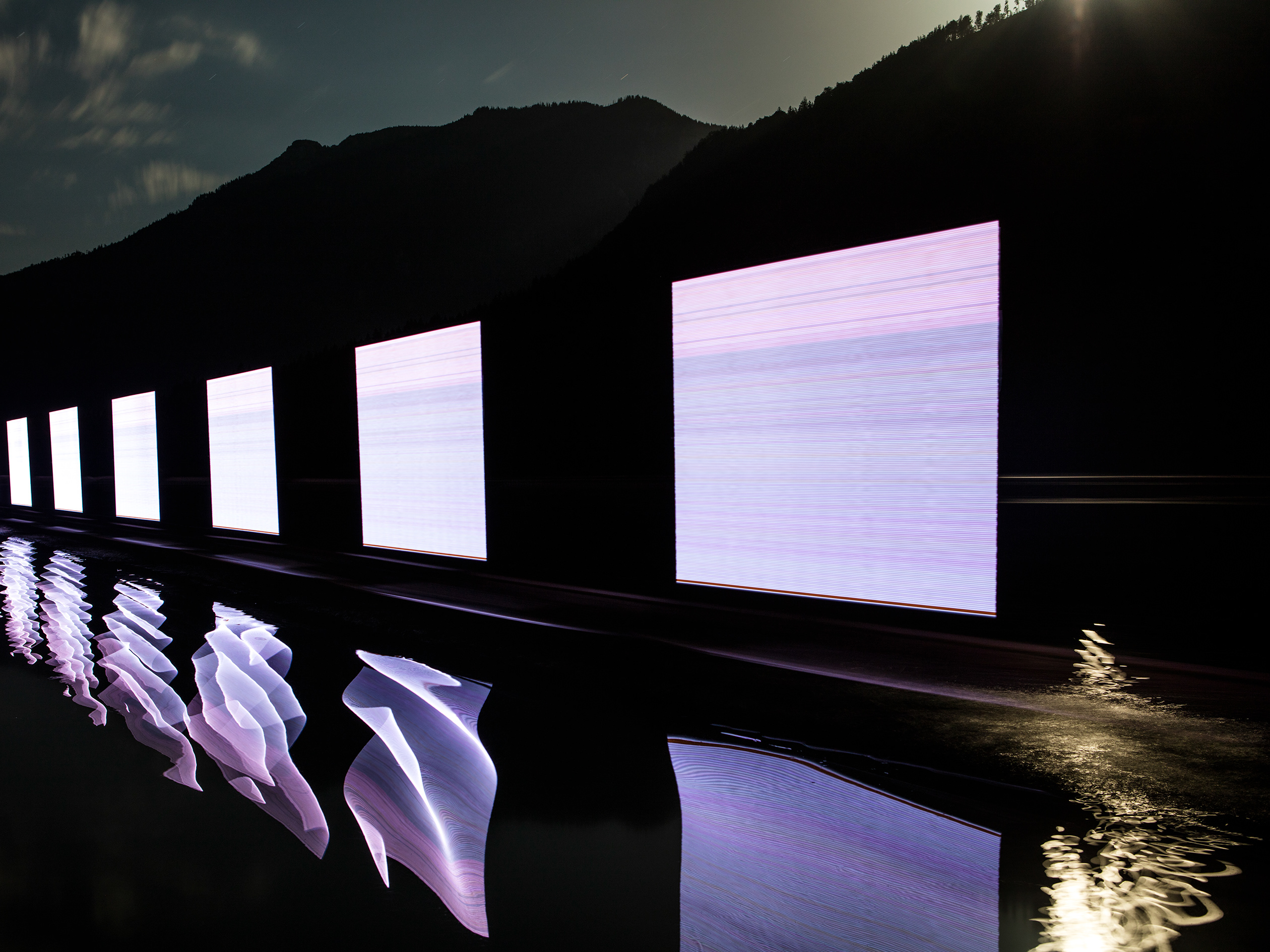The intervention on the Danube Canal deals with the topic of the river in the city. The river as a source of life and indispensable basis for the emergence of great civilizations. In many cultures it was a symbol of time and transience as well as of constant renewal.
It was associated with Vienna in its heyday of modernism in the late 19th and early 20th centuries. In a time of major restructuring, the city walls were demolished and the ring road with its magnificent buildings built. The Danube metropolis became a cosmopolitan city and set standards in painting, architecture and the arts and crafts. This nostalgia of this time is still felt today in the streets and museums.
The work is a tribute to this time and a bridge that connects this epoch with the present. Formal starting point are chairs of the Wiener Werkstätte, which were designed by Hoffmann, among others. The omission of the ornamental to the simplicity of functionality were much discussed topics of this time. The chairs were rebuilt in oversized polystyrene. The objects were then subjected to a multiple translation process: the first replicas of the original form were photographed above the water surface of the Danube. The reflections and the optical refraction through the water created a new form, which formed the model for the new objects. In these the basic form of the original is still present, but alienated by the water. The resulting objects were transformed into 3D models, which were subsequently reconstructed as objects.
The objects were installed in such a way that the impression of a reflection takes place. The result is an image that connects the objects with the river via an optical illusion - an attempt to unite the flow, the time and the change.
This work was developed as part of a cooperation with and financial support from Wien Kultur and KÖR and was designed for the public space.
